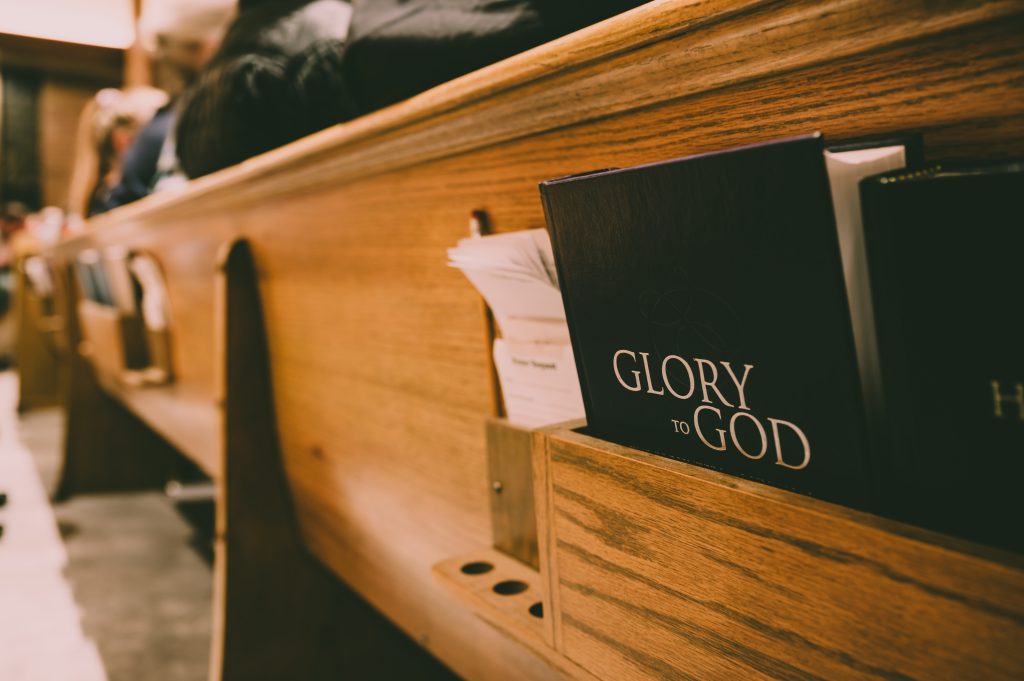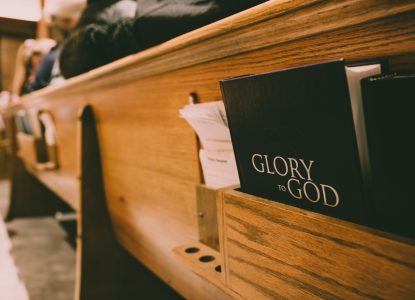By Prof. W. Cole Durham. Jr., President, G20 Interfaith Forum Association
–
On August 8-10, The International Center for Law and Religious Studies (ICLRS) and Centro Brasileiro de Estudos em Direito e Religião (CEDIRE) held a conference involving religious and civil society leaders from around the world entitled “Building Bridges, Breaking Barriers: The Role of Religious Freedom in Building a Free, Just, and Mutually Supportive Society. The conference, held in Brasilia, Brazil, was especially significant due to Brazil’s upcoming G20 Presidency in 2024. Several delegates from the G20 Interfaith Forum Association were in attendance. This three-part essay is taken directly from Prof. Durham’s keynote address at the symposium. Click the links to read Part 1 and Part 2.
– – –
A Sometimes Unappreciated Aspect of Religious Freedom’s Architecture
In this final section, I want to emphasize one aspect of the notion of religious freedom that is often not sufficiently appreciated.
Earlier I talked about religious freedom as a grandparent right, but in some ways its provenance is even older than Augsburg and Westphalia. There is an aspect of freedom of religion or belief that is logically prior to individual freedom. Individual religious freedom rights are highly dependent on the vitality of an older doctrine with more ancient and more communal roots. The doctrine I have in mind is the idea that perhaps best described and the autonomy of religious communities, or religious autonomy for short. By this what is meant is not the autonomy of individuals, but the right of religious communities to self-determination in their internal affairs, or more accurately, since as German theorists have recognized, not all of these matters are purely “internal,” it is better to speak of the right of religious communities to autonomy in their own affairs (eigene Angelegenheiten). It is true, as David Novak has said, that:
‘[f]reedom of religion in our democratic, pluralistic polities is not what in pre-modern times was called libertas ecclesias or ‘the liberty of the Church’.”[1]
But as I have written elsewhere:
“sound anchoring of the future of these doctrines depends on understanding both the depth and the vitality of their pasts.”[2]
While there are no doubt risks that the freedom of the religious believer may be limited by the “liberty of the Church,” the liberty of the religious community as a whole and of other believers would be limited if subjected to the beliefs and will of any particular individual in the community. The beliefs of the individual are in profound ways derivative the beliefs of the group. The individual is free to leave the group, and to attempt to persuade the group, but not to dictate the beliefs or policies of the group.
This is not the place to go into a full-scale analysis of the autonomy of religious communities. Suffice it to say that there is a notion deeply imbedded in the jurisprudence of the West that there is a dimension of religious authority that lies beyond the jurisdiction of the secular state. In the parlance of a famous saying of Jesus, “Render unto Caesar the things that are Caesar’s, and to God the things that are God’s,”[3] the dimension of religious authority lies beyond the jurisdiction of the secular ruler.

However one understands (or rejects) the ontology involved, secular courts for centuries have understood the wisdom of not intervening on the autonomy of religious communities. There is a long line of cases in the United States, tracing back to time before the first free exercise case law began,[4] that has elaborated the doctrine of religious autonomy. Similar jurisprudence can be traced in European countries[5] and in the European Court of Human Rights.[6] In the landmark case of Hosanna-Tabor Evangelical Lutheran Church and School v. Equal Employment Opportunity Commission,[7] the U.S. Supreme Court expressly recognized that a religious institution’s autonomy right is grounded both in the Free Exercise Clause and the Establishment Clause, as well as in the weaker right to freedom of association.[8] Both of the Religion Clauses thus bar interference with the right of religious communities to autonomy among other things in making employment decisions with respect to their personnel who have ministerial roles.[9] The case law of the European Court of Human Rights has also been protective of religious autonomy in employment contexts.[10]
The precise nature and scope of religious autonomy varies from country to country, both along a horizontal dimension (starting with the core religious institutions themselves, and then sweeping more broadly to include religious educational institutions, broadcast and publishing entities, humanitarian aid institutions, and so on) and a vertical dimension (starting with ecclesiastical leaders and reaching down to teachers, administrative personnel, lay ministers, and so on). Religious autonomy embraces not only rights to self-determination in doctrine but also to matters of organization (ecclesiastical structure, after all, is often a matter of doctrine) and administration. Because of significant variance in the organizational structures that religious communities build, the implications of religious autonomy doctrine can have rather different outcomes in different religious systems. But failure to respect such autonomy can be profoundly disruptive to the life of religious communities, and inevitably has trickle down implications for the religious live of individual believers.
Religious Autonomy as a Core Dimension of FoRB
I emphasize the significance of religious autonomy doctrine as a core dimension of freedom of religion or belief because it is a domain that has witnessed some of the most significant religious freedom developments in recent years. An example is the recent Pavez v. Chile case decided by the Inter-American Court of Human Rights in February, 2022.[11] In that case, brought by a woman who lost certification by the Catholic Church to serve as a teacher of Catholic religion in Chilean public schools as a result of coming out as a lesbian, the Inter-American Court ultimately found in favor of the teacher, even though in fact she continued in her employment, albeit in a different (and better paying position) in the same school. A largely parallel case involving a priest who ultimately lost certification and his actual job in Spain resulted in a decision that went against the priest who had chosen marriage over his vows of celibacy.[12] These decisions arise in particularly contentious areas of modern culture wars where some of today’s most profound examples of deep difference are to be found. They arise in areas where some of the most wrenching decisions must be made as we consider conflicting claims of human dignity.
On their face, these issues appear to pose a conflict between religious freedom and discrimination claims. But remembering the religious autonomy issue helps to clarify that dignity claims are at stake on both sides of these disputes. It is easy to see the discrimination involved when an individual loses employment altogether, or a specific kind of employment as in Pavez. However, it is easy to forget that a decision to protect individuals from this type of employment discrimination results in another form of discrimination against a religious community’s beliefs and way of life, and against the associated rights of its believers. To be ultimately effective, and to find ways in which individuals and groups with deep differences can live together in peace and stability, the dignity claims both of those with sexual orientation claims and of those with religious claims, including religious autonomy claims, must be taken into account and carefully balanced.
Historical experience has long suggested that religion has its roots in its own distinctive ontological space. While the exact boundaries of this space have been contested through the centuries, and remain contested today, the existence of this space and the importance of protecting it has become one of the fundamental verities of our constitutional experience. Protecting the autonomy of religious communities respects the dignity of those who have formed them and chosen to live within them. At the same time, it safeguards the space within which religious communities work, grow, and resolve internal issues. It also maintains the potential for those who dissent to build alternative communities or simply go their own way. History has taught that like freedom of religion more generally, and despite and perhaps precisely because of tensions, religious autonomy is one of the most effective tools we have for channeling the influence of conscience in fruitful paths. It is not without limits, but those limits need to be structured in ways that facilitate rather than control its contributions.
–
– – –
Cole Durham, Jr., is the President of the G20 Interfaith Forum Association, the immediate past President of the International Consortium for Law and Religion Studies(ICLARS), and Susa Young Gates University Professor of Law and Founding Director of the International Center for Law and Religion Studies (ICLRS), at the J. Reuben Clark Law School of Brigham Young University. He is a graduate of Harvard College and Harvard Law School, and is a founding Editor-in-Chief of the Oxford Journal of Law and Religion.
[1] David Novak, “What is religious freedom,” in W. Cole Durham, Jr., Javier Martinez-Torron, and Donlu Thayer (eds.), Law, Religion, and Freedom: Conceptualizing a Common Right (London and New York: Routledge, 2021).
[2] W. Cole Durham, Jr, “Religious autonomy at the crossroads,” in W. Cole Durham, Jr., Javier Martinez-Torron, and Donlu Thayer (eds.), Law, Religion, and Freedom: Conceptualizing a Common Right (London and New York: Routledge, 2021) 257, 258.
[3] Mark 12:15-17 KJV.
[4] Watson v. Jones. See generally, US autonomy cases.
[5] See, e.g., Robbers [[[Church autonomy book]]]; Gerhard Robbers, W. Cole Durham, Jr., and Donlu Thayer, eds., Encyclopedia of Law and Religion (Brill 2016) (five volumes).
[6] See, e.g., key autonomy cases
[7] 565 U.S. 171 (2012).
[9] Hosanna-Tabor at 181. The Hosanna-Tabor decision was reaffirmed in Our Lady of Guadalupe School v. Morrissey-Beru, 591 U.S. ___, WL 3808420 (2020), which gave even greater deference to the religious autonomy principle, because it gave the religious employer even greater flexibility in selecting personnel, and refusing to impose a rigid structure on what would count as ‘ministerial’ personnel.
[10] See, e.g., Fernandez Martinez v. Spain, .[[[
[11] Pavez Pavez case v. Chile, Judgment of February 4, 2022.
[12] Fernandez Martinez


